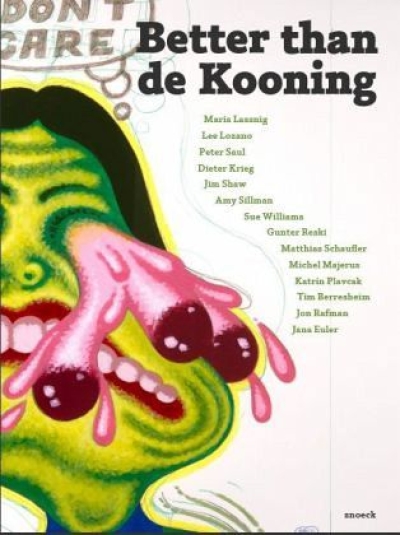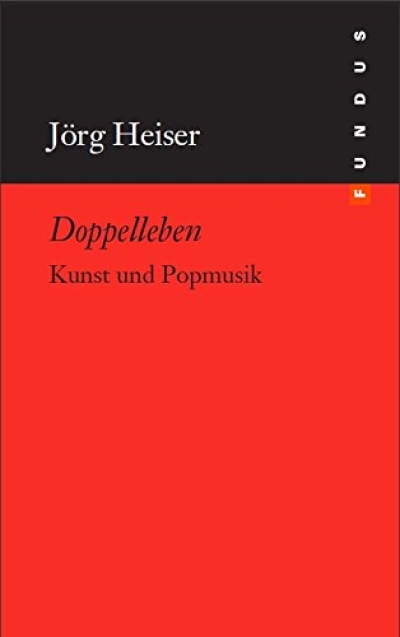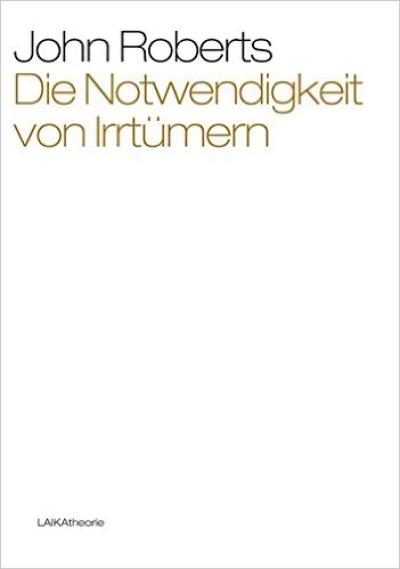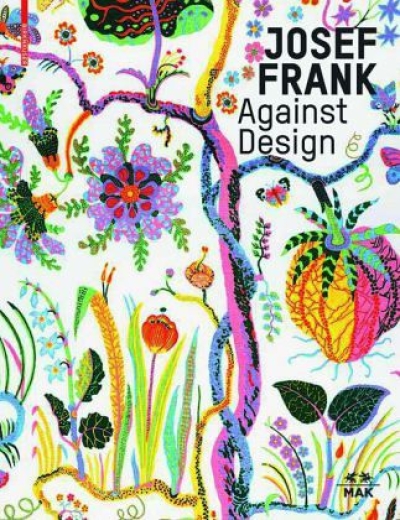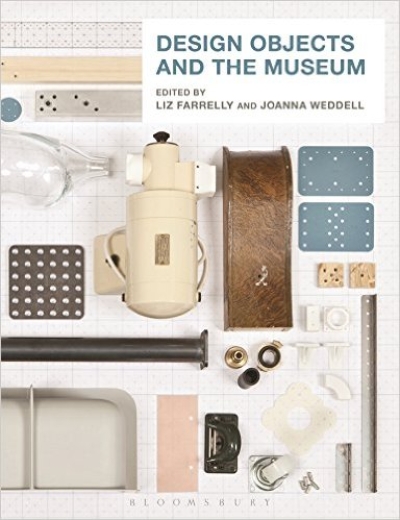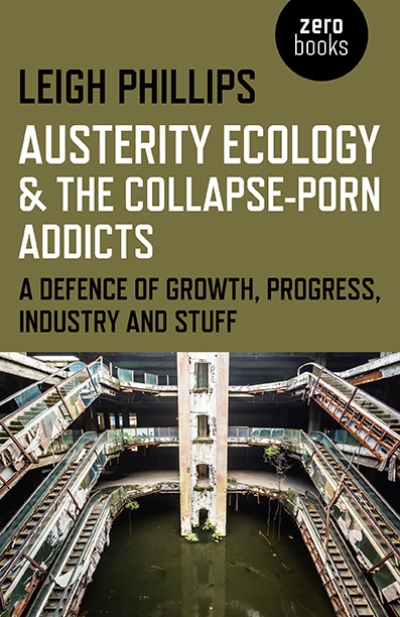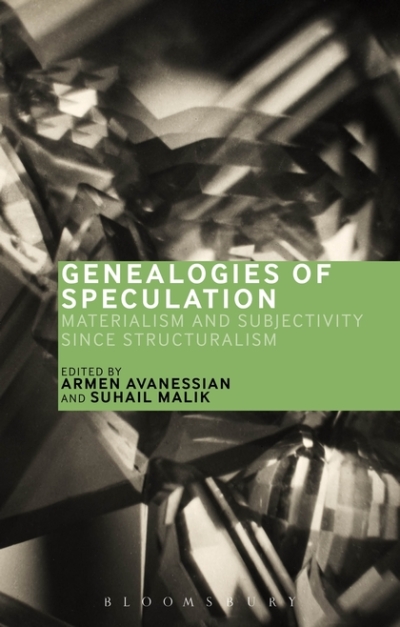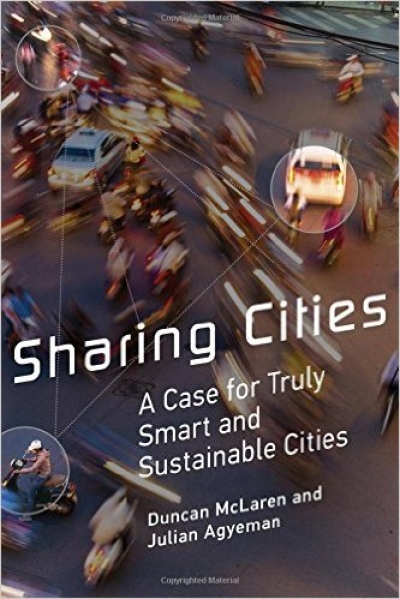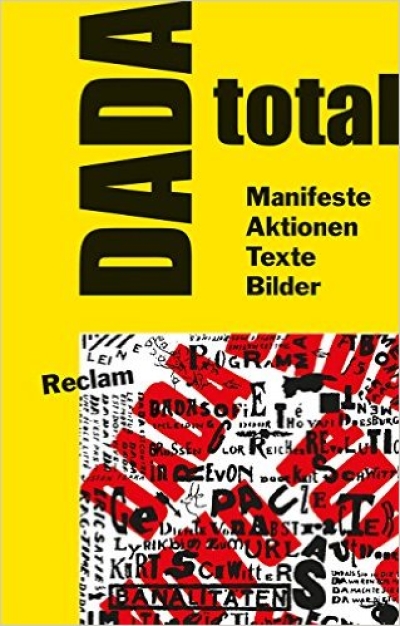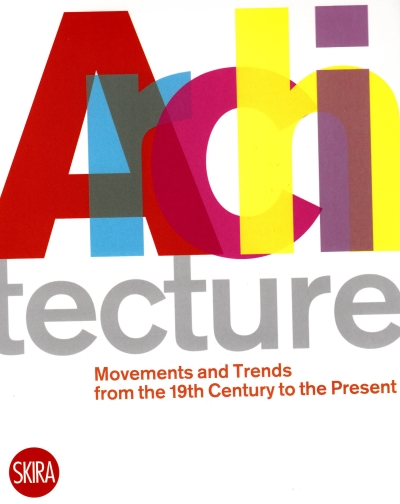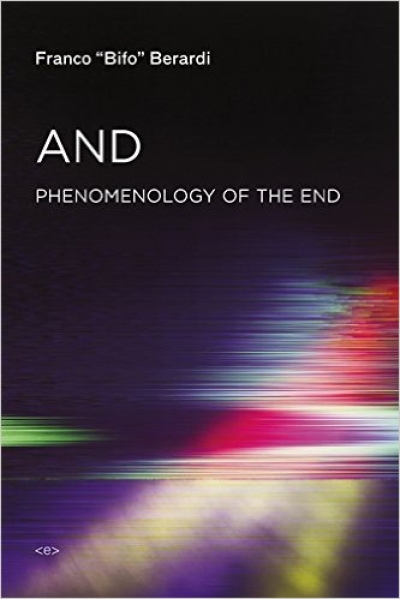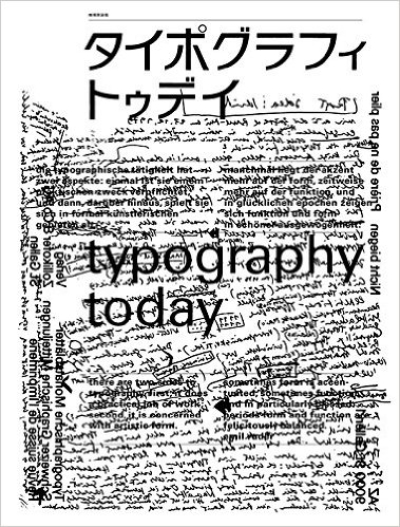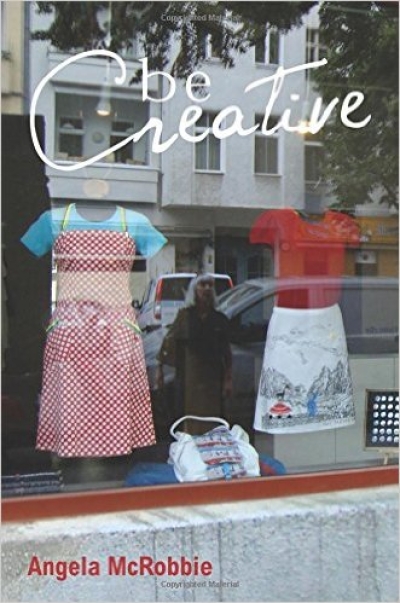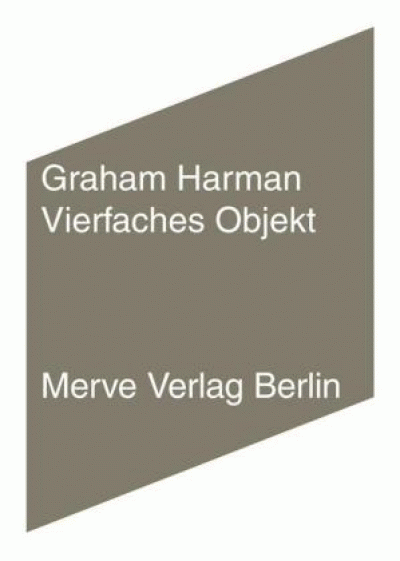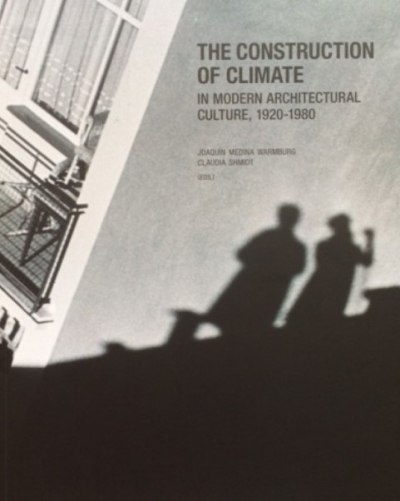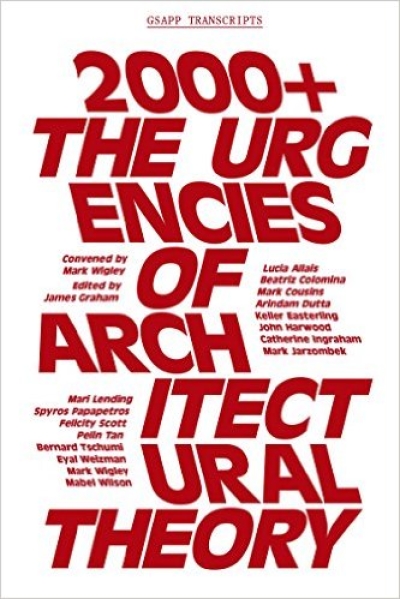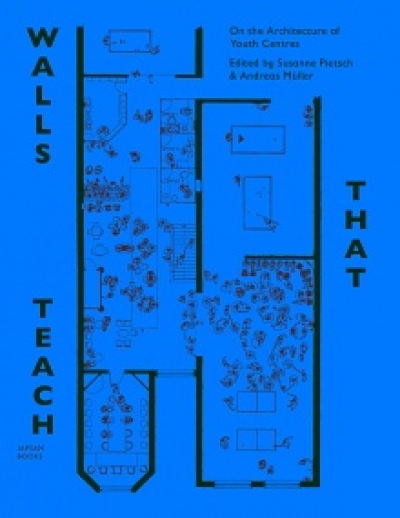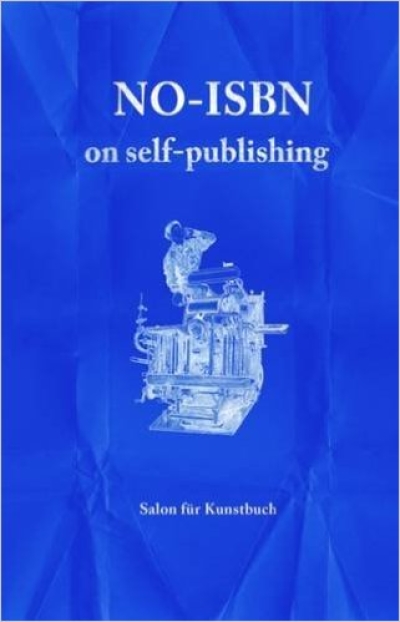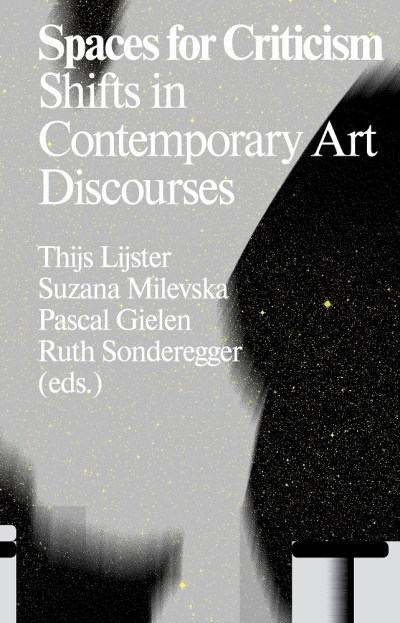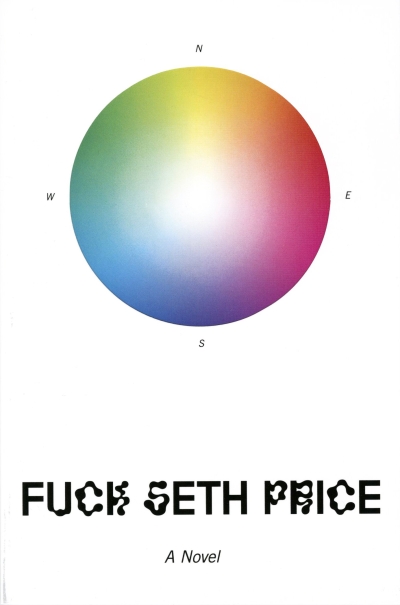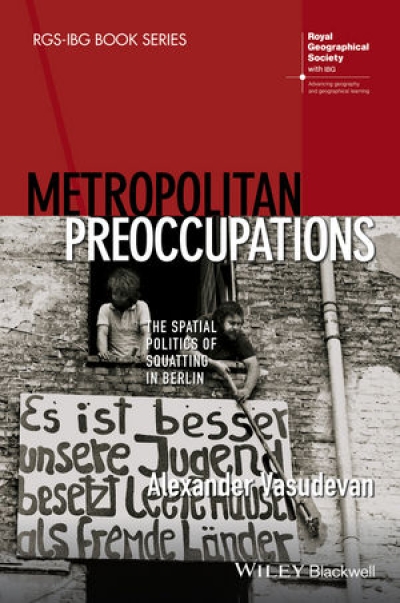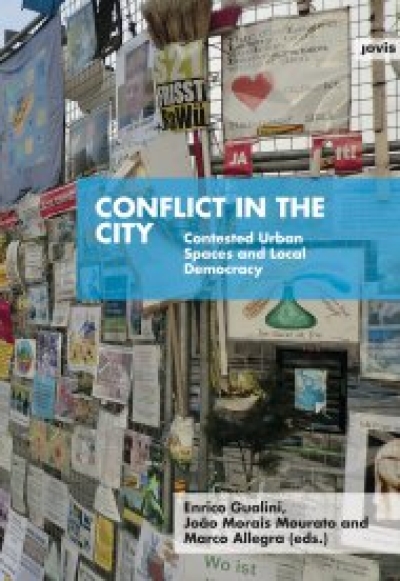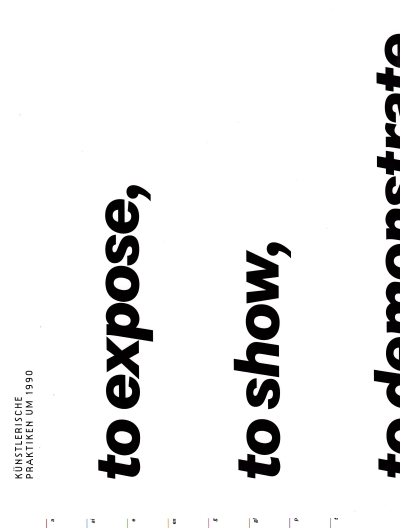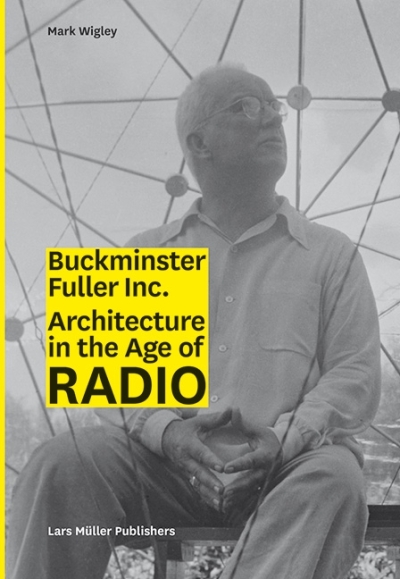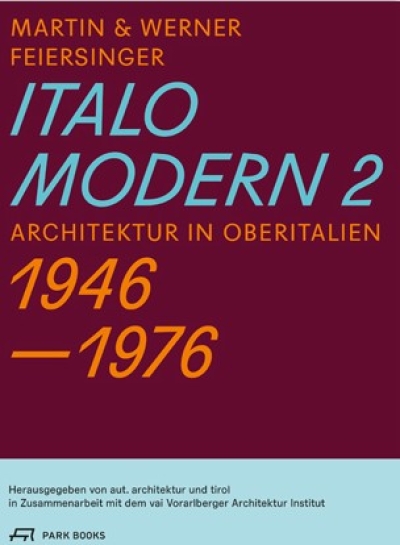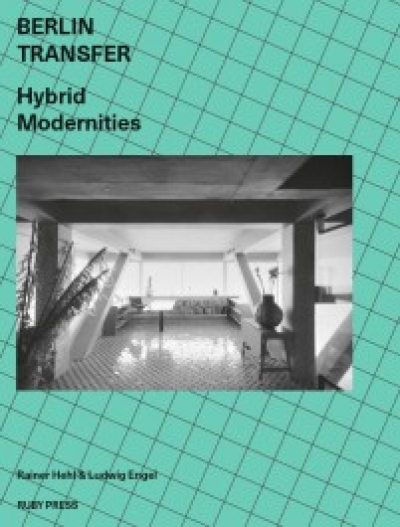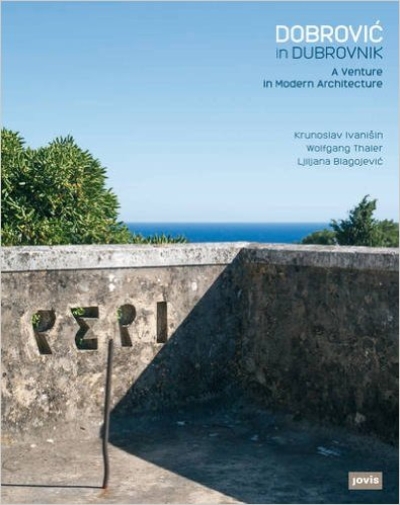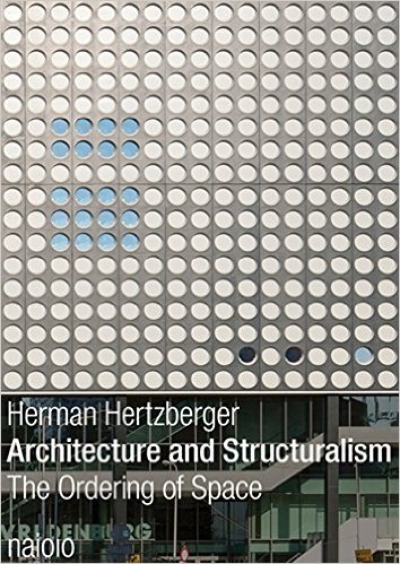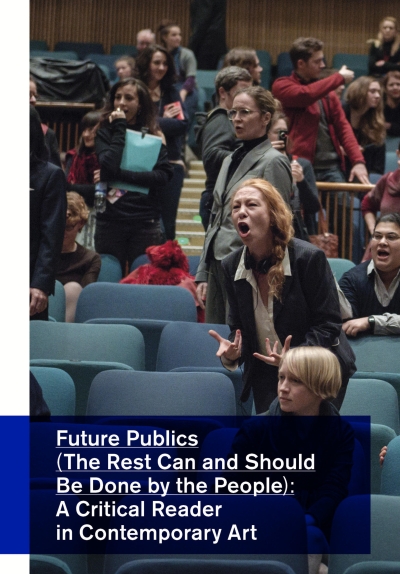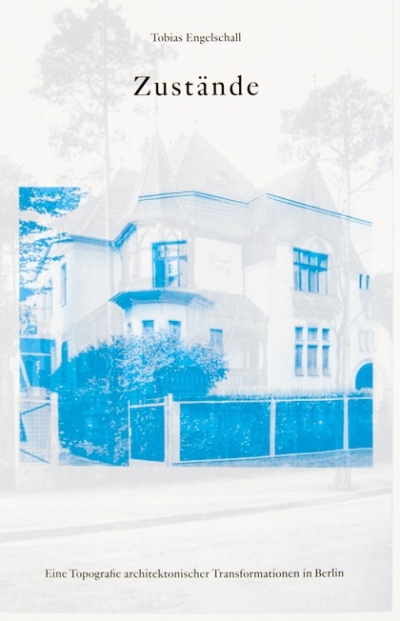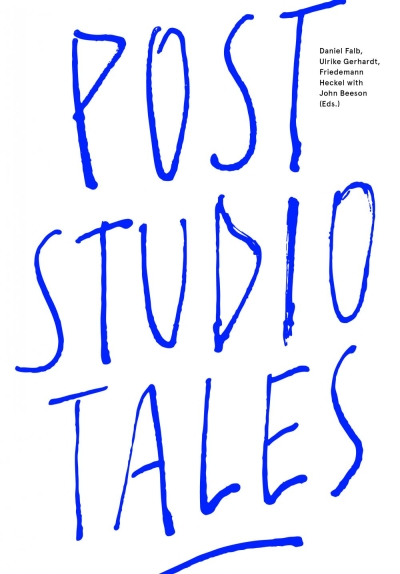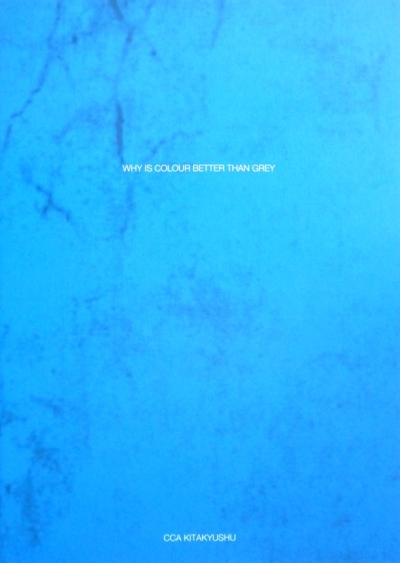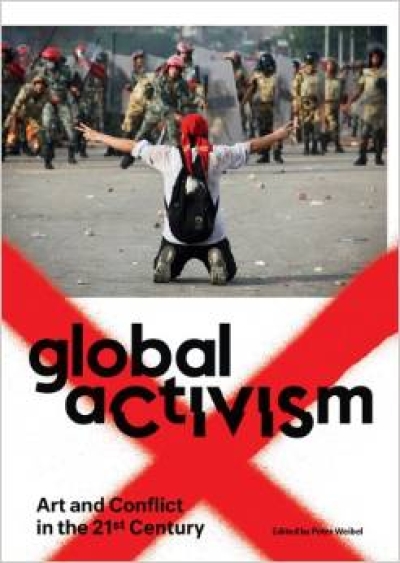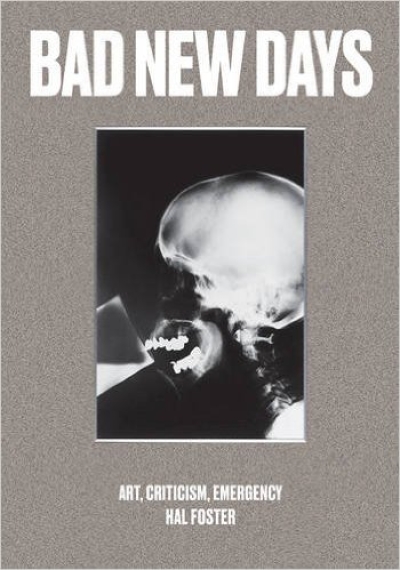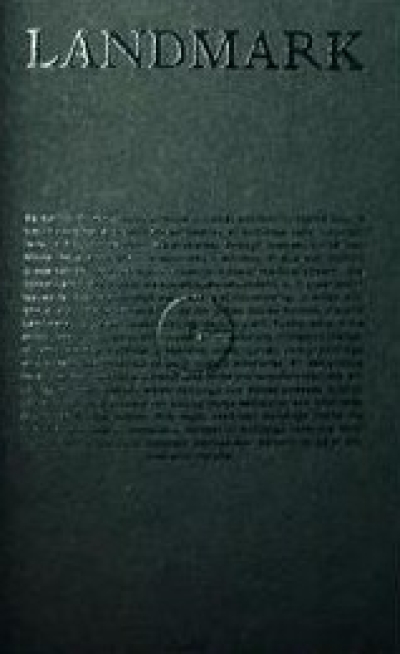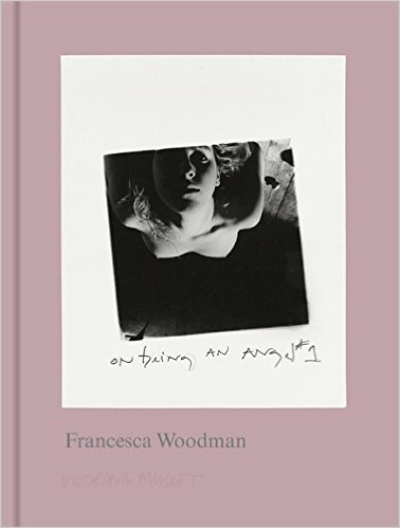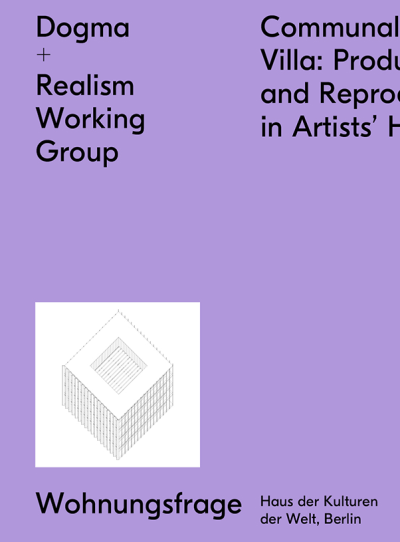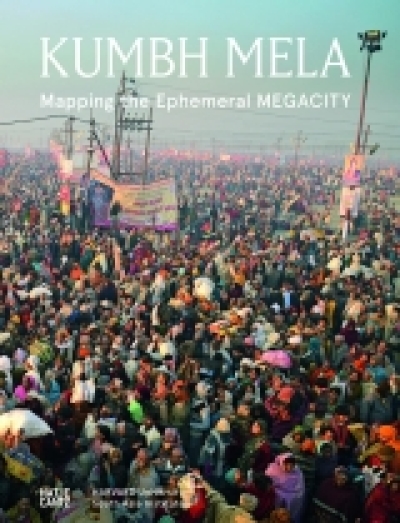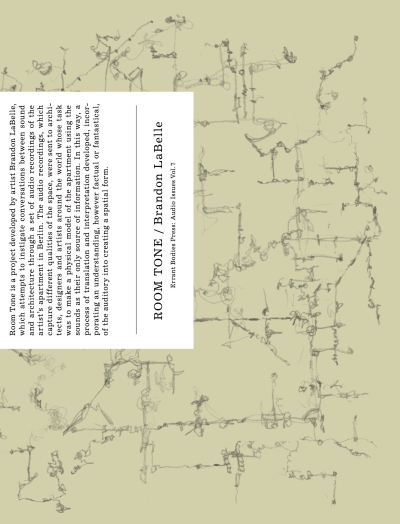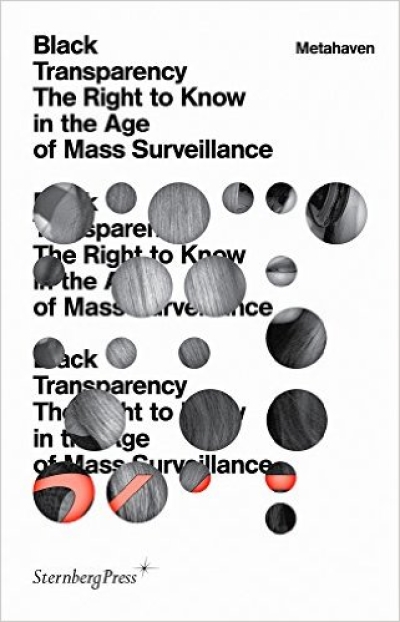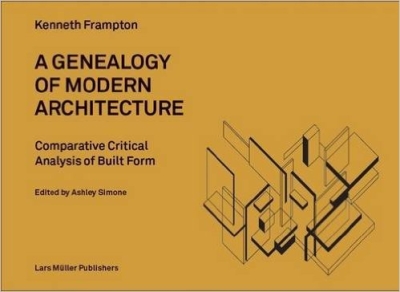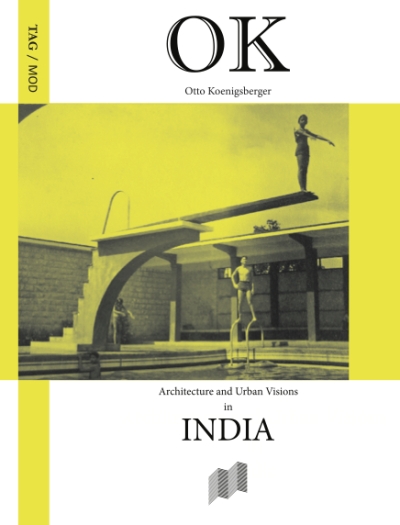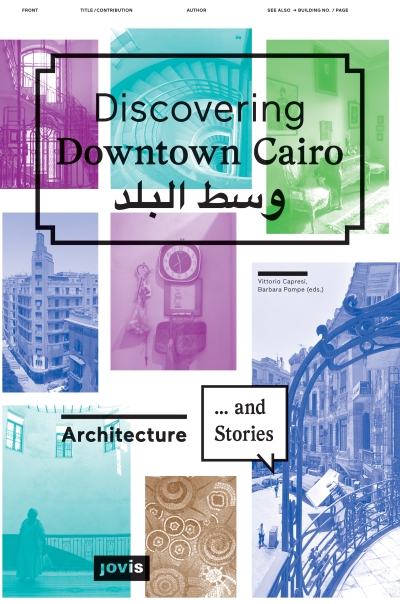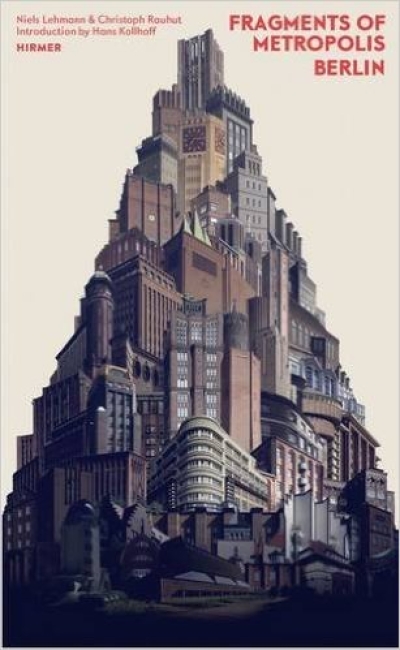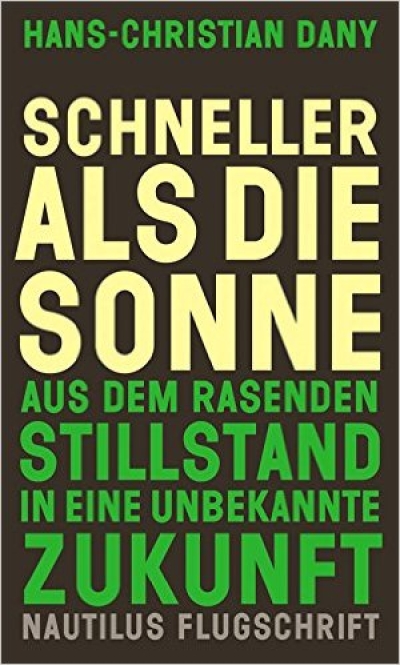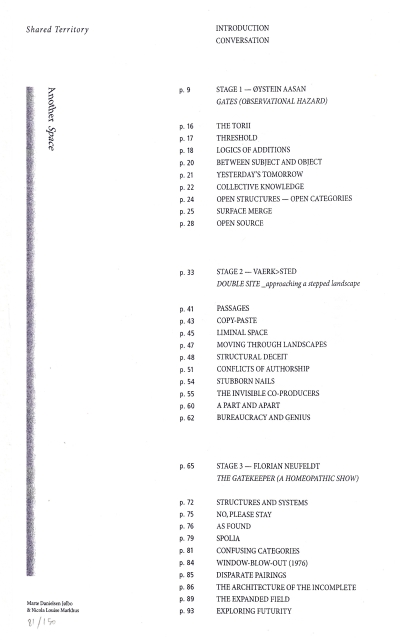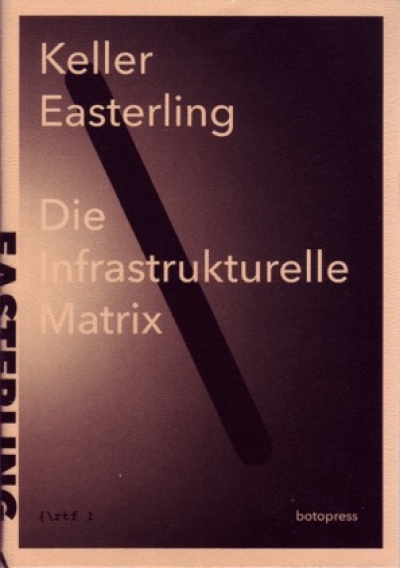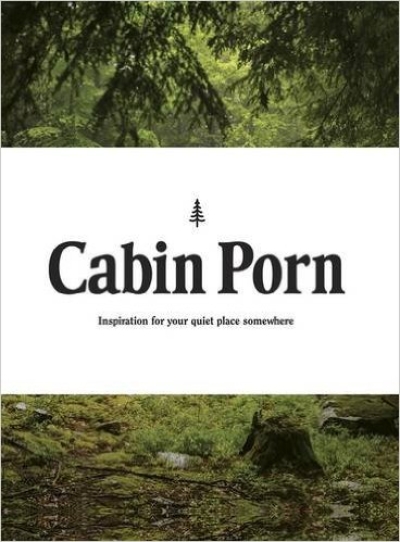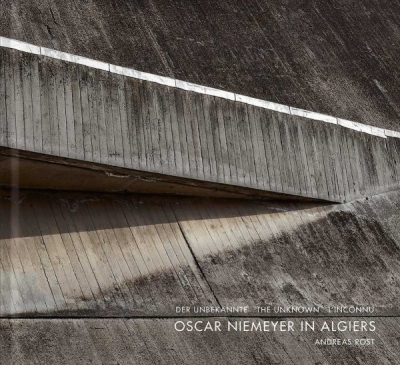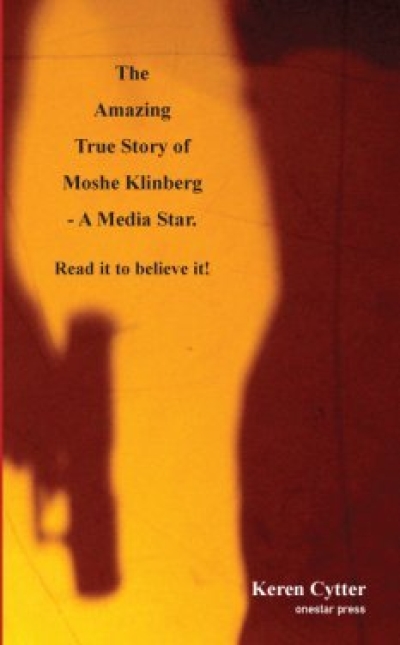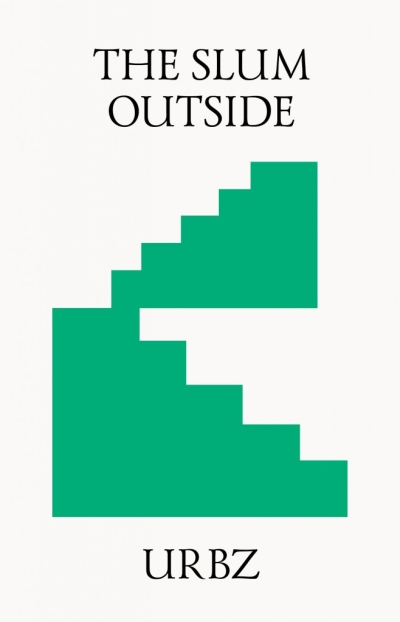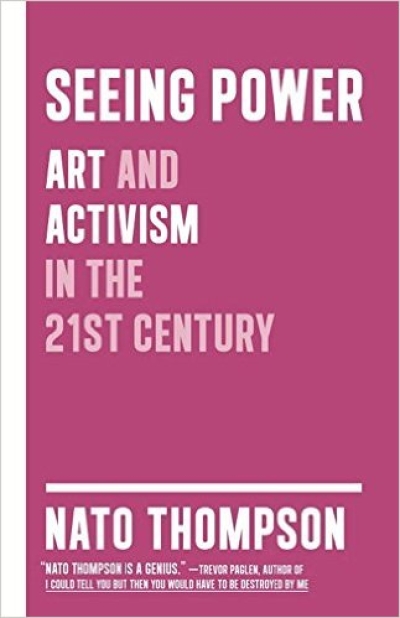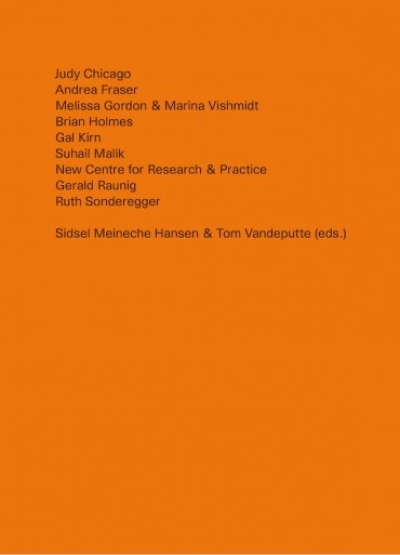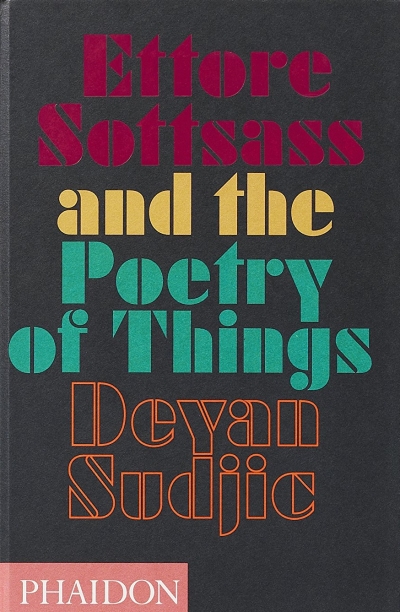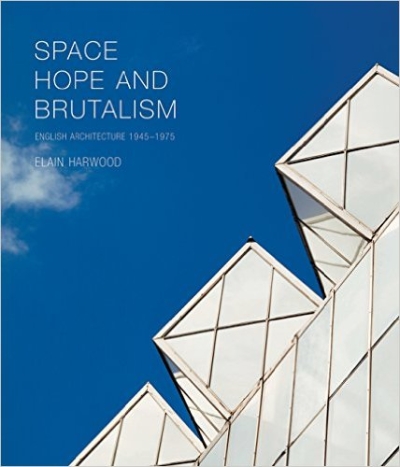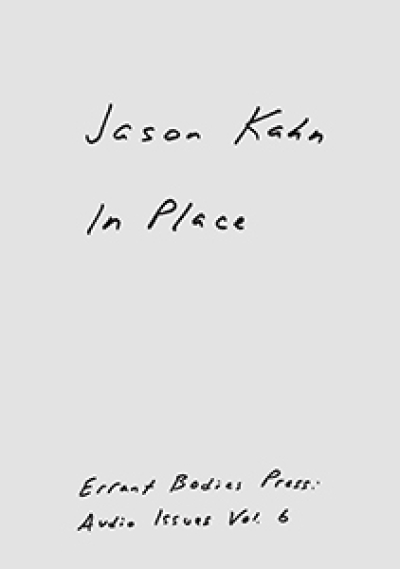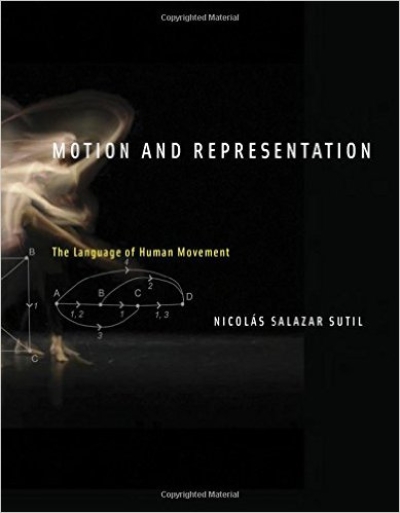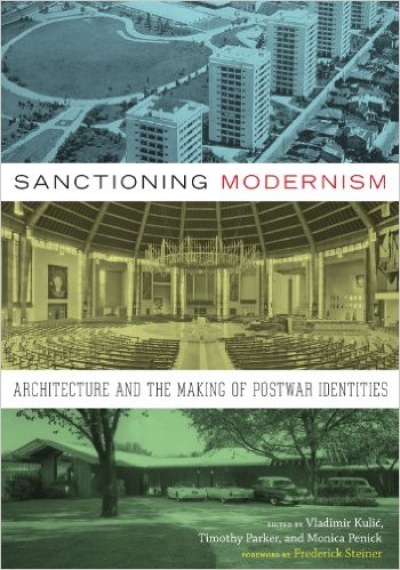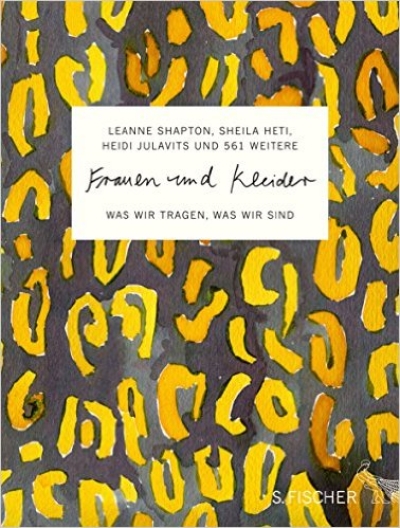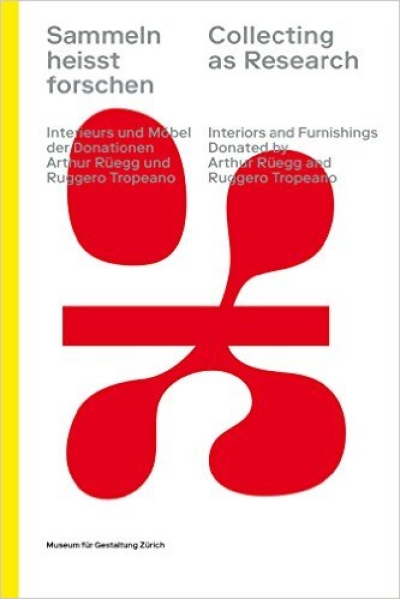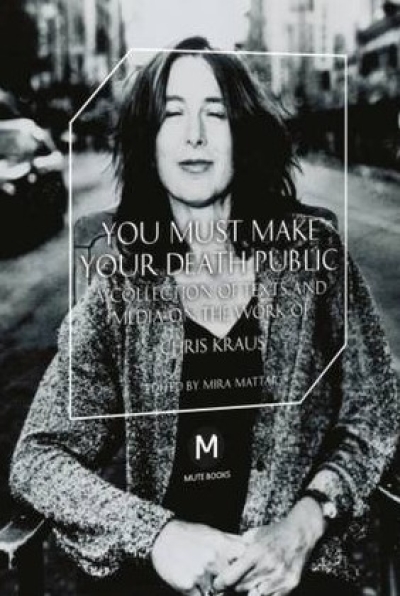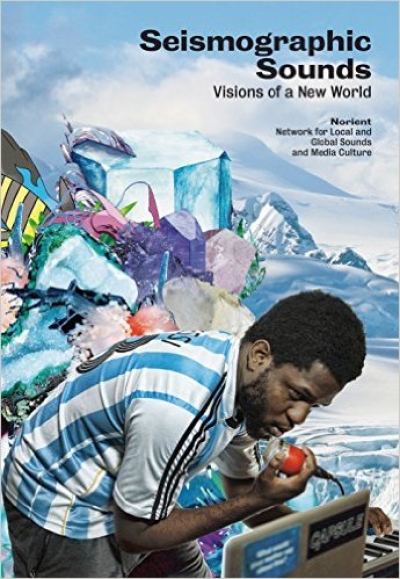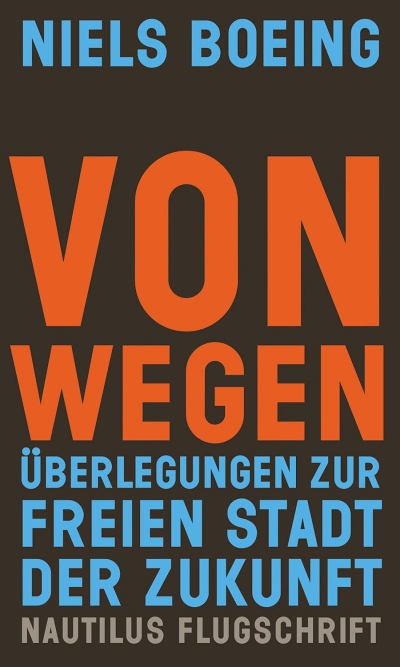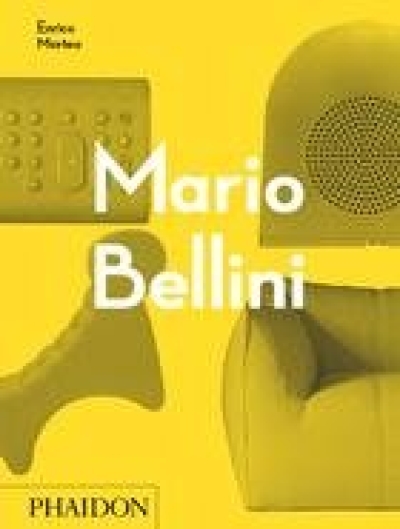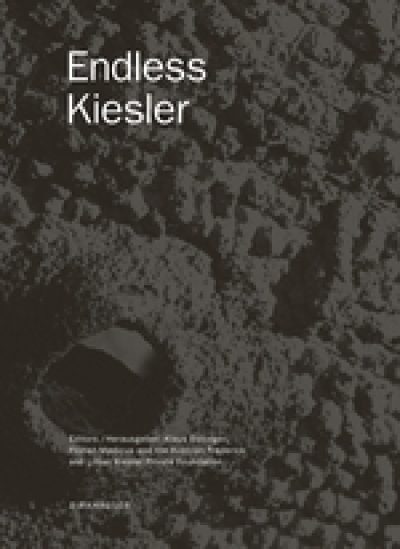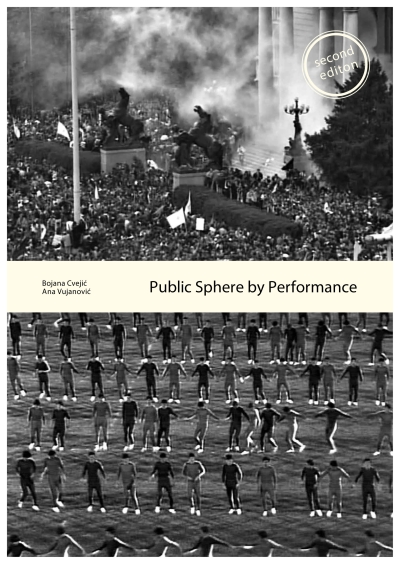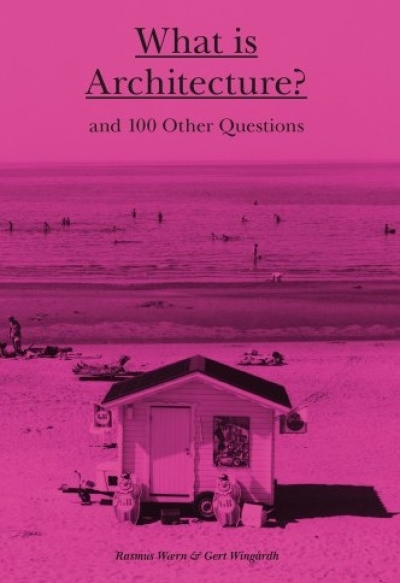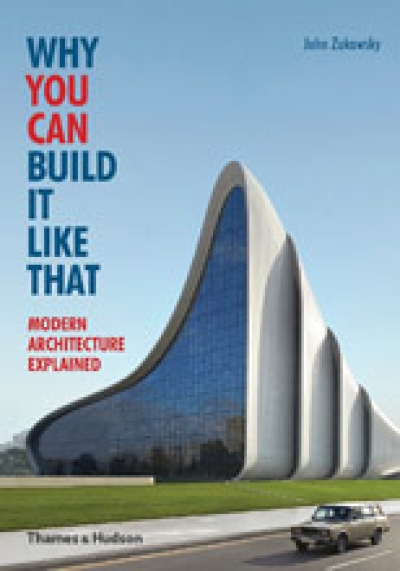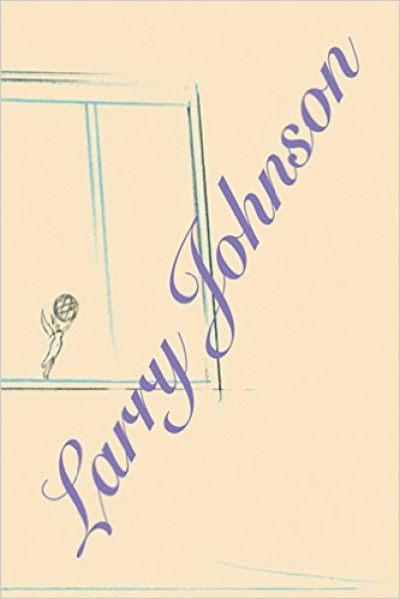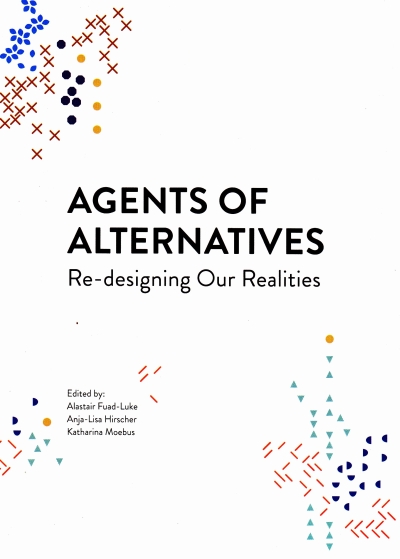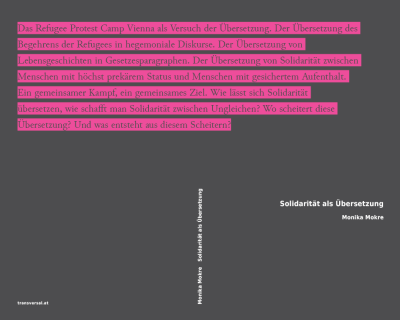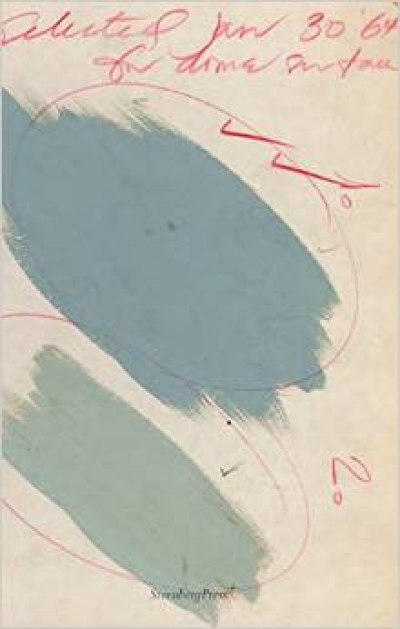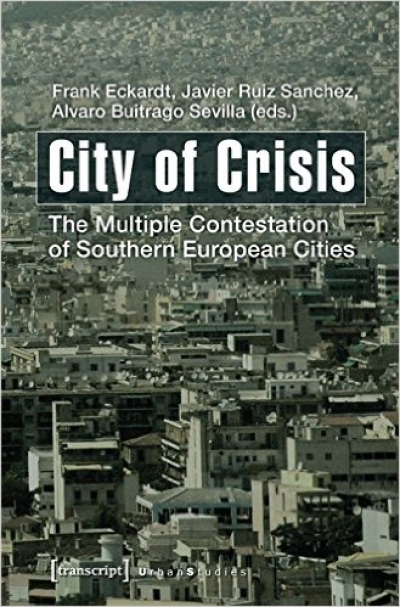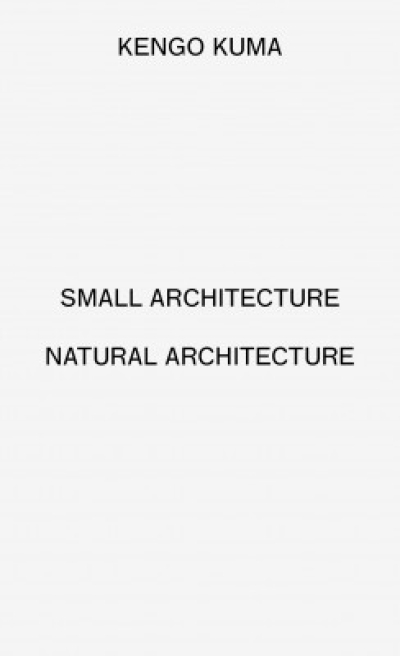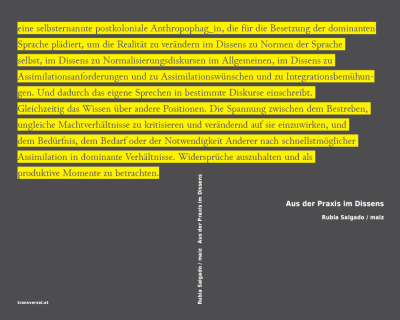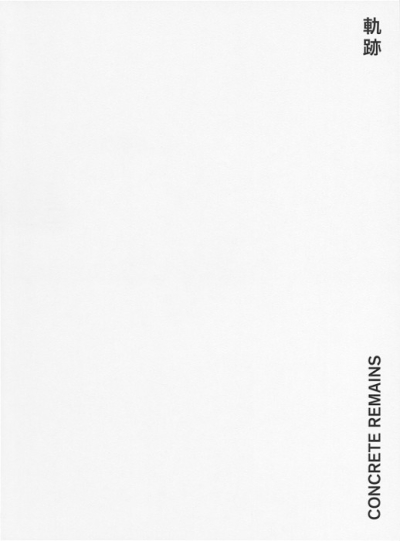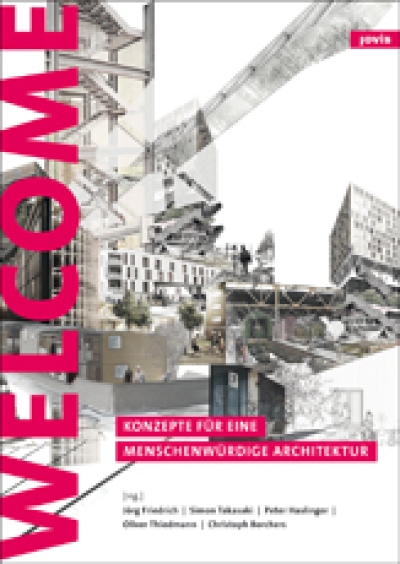gerade nicht auf Lager
A. Baur, M. Weber (Hg.)
Better than de Kooning
Jörg Heiser
Doppelleben. Kunst und Popmusik
gerade nicht auf Lager
John Roberts
Die Notwendigkeit von Irrtümern
gerade nicht auf Lager
C. Thun-Hohenstein (Ed.)
Josef Frank. Against Design
gerade nicht auf Lager
Friedrich Kittler (Autor), Tania Hron,…
Baggersee. Frühe Schriften aus dem Nachlass
Liz Farrelly, Joanna Weddell
Design Objects and the Museum
gerade nicht auf Lager
Leigh Phillips
Austerity Ecology & the Collapse-porn Addicts. A…
IDEA Magazine
IDEA 373. Post Independent Magazine
gerade nicht auf Lager
Armen Avanessian, Suhail Malik
Genealogies of Speculation. Materialism and Subjectivity…
gerade nicht auf Lager
Duncan McLaren, Julian Agyeman
Sharing Cities. A Case for Truly Smart and Sustainable…
Alexandra Manske
Kapitalistische Geister in der Kultur- und…
gerade nicht auf Lager
Karl Riha, Jörgen Schäfer (Hg.)
DADA total. Manifeste, Aktionen, Texte, Bilder
gerade nicht auf Lager
Luca Molinari (Ed.)
Architecture. Movements and Trends from the 19th Century to…
gerade nicht auf Lager
Franco "Bifo" Berardi
And. Phenomenology of the End
gerade nicht auf Lager
Helmut Schmid, Seibundo Shinkosha
Typography Today. Revised Edition
gerade nicht auf Lager
Hartmut Geerken, Chris Trent
Omniverse – Sun Ra
gerade nicht auf Lager
Angela McRobbie
Be Creative. Making a Living in the New Culture Industries
Thomas Großbölting, Rüdiger Schmidt
Gedachte Stadt - Gebaute Stadt: Urbanität in der deutsch-…
gerade nicht auf Lager
Graham Harman
Vierfaches Objekt
Carsten Ruhl, Chris Dähne (Hg)
Architektur ausstellen. Zur mobilen Anordnung des Immobilen
gerade nicht auf Lager
MacArthur, Plaat, Gosseye, Wilson (Eds.)
Hot Modernism. Queensland Architecture 1945 - 1975
gerade nicht auf Lager
J. M. Warmburg, C. Shmidt (Eds.)
The Construction of Climate in Modern Architectural Culture…
gerade nicht auf Lager
James Graham (Ed.)
2000+: The Urgencies of Architectural Theory
gerade nicht auf Lager
Susanne Pietsch, Andreas Mueller (Eds.)
Walls That Teach. On the Architecture of Youth Centers
gerade nicht auf Lager
Bernhard Cella, Leo Findeisen, Agnes…
NO-ISBN on self-publishing
gerade nicht auf Lager
Giovanna Borasi (Ed.)
The Other Architect. Exhibition: Canadian Centre for…
gerade nicht auf Lager
Lijster, Milevska, Gielen, Sonderegger…
Spaces for Criticism: Shifts in Contemporary Art Discourses
gerade nicht auf Lager
Seth Price
Fuck Seth Price
gerade nicht auf Lager
Nick Srnicek, Alex Williams
Inventing the Future. Postcapitalism and a World Without…
gerade nicht auf Lager
Alexander Vasudevan
Metropolitan Preoccupations. The Spatial Politics of…
gerade nicht auf Lager
Enrico Gualini, João Morais Mourato,…
Conflict in the City. Contested Urban Spaces and Local…
gerade nicht auf Lager
Matthias Michalk (Ed.)
Künstlerische Praktiken um 1990. to expose, to show, to…
Jeannette Merker, Riklef Rambow (Hg.)
Architektur als Exponat. Gespräche über das Ausstellen
gerade nicht auf Lager
Mark Wigley
Buckminster Fuller Inc. Architecture in the Age of Radio
Martin und Werner Feiersinger
Italomodern 2. Architektur in Oberitalien 1946–1976
gerade nicht auf Lager
Rainer Hehl, Ludwig Engel
Berlin Transfer. Hybrid Modernities
Ivanisin, Thaler, Blagojevic (Hg.)
Dobrovic in Dubrovnik. A Venture in Modern Architecture
gerade nicht auf Lager
Fezer, Hiller, Hirsch, Kuehn, Peleg (Hg…
Kollektiv für sozialistisches Bauen. Proletarische…
gerade nicht auf Lager
Nicolas Hausdorf, Alexander Goller
Superstructural Berlin. A Superstructural Tourist Guide to…
gerade nicht auf Lager
Herman Hertzberger
Architecture and Structuralism. The Ordering of Space
gerade nicht auf Lager
Maria Hlavajova, Ranjit Hoskote (Eds.)
Future Publics (the Rest Can and Should Be Done by the…
gerade nicht auf Lager
Tobias Engelschall
Zustände. Eine Topografie architektonischer…
Daniel Falb, Ulrike Gerhardt,…
Post-Studio Tales
Anri Sala
Why is colour better than grey?
gerade nicht auf Lager
Peter Weibel (Ed.)
Global Activism: Art and Conflict in the 21st Century
Markus Kutter, Lucius Burckhardt
Wir selber bauen unsere Stadt: Ein Hinweis auf die…
Hal Foster
Bad New Days. Art, Criticism, Emergency
gerade nicht auf Lager
Clog
Landmark
gerade nicht auf Lager
Moderna Museet Stockholm (Ed.)
Francesca Woodman. On Being an Angel
gerade nicht auf Lager
Fezer, Hiller, Hirsch, Kuehn, Peleg (Hg…
Realism Working Group + Dogma . Communal Villa. Production…
gerade nicht auf Lager
Rahul Mehrotra, Felipe Vera (Eds.)
Kumbh Mela. Mapping the Ephemeral Mega City
gerade nicht auf Lager
Brandon LaBelle
Room Tone. Audio Issues Vol. 7
gerade nicht auf Lager
Metahaven
Black Transparency. The Right to Know in the Age of Mass…
gerade nicht auf Lager
Kenneth Frampton
Genealogy of Modern Architecture. A Comparative Critical…
gerade nicht auf Lager
Tile von Damm, Anne-Katrin Fenk &…
OK Otto Koenigsberger. Architecture and Urban Visions in…
Vittoria Capresi, Barbara Pampe (Hg.)
Discovering Downtown Cairo. Architecture and Stories
gerade nicht auf Lager
Niels Lehmann, Christoph Rauhaut (Eds.)
Fragments of Metropolis Berlin. Berlins expressionistisches…
gerade nicht auf Lager
Hans-Christian Dany
Schneller als die Sonne. Aus dem rasenden Stillstand in…
gerade nicht auf Lager
John Dixon Hunt
A World of Gardens
gerade nicht auf Lager
M. Danielsen Jolbo, N. L. Markhus (Eds.)
Shared Territory (Another Space)
gerade nicht auf Lager
Keller Easterling
Die Infrastrukturelle Matrix
gerade nicht auf Lager
Zach Klein
Cabin Porn. Inspiration for Your Quiet Place Somewhere
gerade nicht auf Lager
Andreas Rost
Der unbekannte / The unknown / L'inconnu. Oscar…
gerade nicht auf Lager
Richard Anderson
Russia. Modern Architectures in History
Keren Cytter
The Amazing True Story of Moshe Klinberg..
gerade nicht auf Lager
Matias Echanove, Rahul Srivastava / URBZ
The Slum Outside: Elusive Dharavi
gerade nicht auf Lager
Nato Thompson
Seeing Power. Art and Activism in the Twenty-first Century
gerade nicht auf Lager
Sidsel Meineche Hansen & Tom…
Politics of Study
Deyan Sudjic
Ettore Sottsass and the Poetry of Things
Daniel Martin Feige, Judith Siegmung (…
Kunst und Handlung. Ästhetisch und handlungstheoretische…
gerade nicht auf Lager
Elain Harwood
Space, Hope and Brutalism
gerade nicht auf Lager
Jason Kahn
In Place
gerade nicht auf Lager
Nicolás Salazar Sutil
Motion and Representation. The Language of Human Movement
gerade nicht auf Lager
David Watkin
A History of Western Architecture (sixth Ed.)
V. Kulic, T. Parker, M. Penick (Eds.)
Sanctioning Modernism. Architecture and the Making of…
gerade nicht auf Lager
L. Shapton, S. Heti, H. Julavits
Frauen und Kleider. Was wir tragen, was wir sind
Arthur Rüegg, Ruggero Tropeano
Sammeln heisst Forschen / Collecting as Research.…
gerade nicht auf Lager
Mira Mattar (Ed.)
You Must Make Your Death Public. A collection of texts and…
Theresa Beyer, Thomas Burkhalter,…
Seismographic Sounds. Visions of a New World
Niels Boeing
Von Wegen. Überlegungen zur freien Stadt der Zukunft
Enrico Morteo
Mario Bellini. Furniture, Machines & Objects
gerade nicht auf Lager
Klaus Bollinger, Florian Medicus (Eds.)
Endless Kiesler
gerade nicht auf Lager
Bojana Cvejic & Ana Vujanovic (Ed.)
Public Sphere by Performance (2nd Edition)
gerade nicht auf Lager
Rasmus Waern & Gert Wingårdh
What is Architecture? And 100 Other Questions
gerade nicht auf Lager
John Zukowsky
Why You Can Build it Like That. Modern Architecture…
Larry Johnson
Commie Pinko Guy
gerade nicht auf Lager
A. Fuad-Luke, A. Hirscher, K. Moebus
Agents of Alternatives. Re-Designing our Realities
Monika Mokre
Solidarität als Übersetzung. Überlegungen zum Refugee…
Sarah Entwistle
Please send this book to my mother
Franz Eckardt, Javier R. Sanchez (Eds.)
City of Crisis. The multiple Contestation of Southern…
gerade nicht auf Lager
Kengo Kuma
Small Architecture / Natural Architecture
gerade nicht auf Lager
Craig Buckley (Ed.)
After the Manifesto. Writing, Architecture, and Media in a…
Rubia Salgado / maiz / Andrea Hummer (…
Aus der Praxis im Dissens
Johannes Ernst
Concrete Remains
Birgit Mennel, Monika Mokre (Hg)
Das große Gefängnis
gerade nicht auf Lager
Félix Guattari
Psychoanalysis and Transversality. Texts and Interviews…
gerade nicht auf Lager
Katia Frey, Eliana Perotti (Hg)
Theoretikerinnen des Städtebaus. Texte und Projekte für die…
gerade nicht auf Lager
Jörg Friedrich / Simon Takasaki / Peter…
Refugees Welcome. Konzepte für eine menschenwürdige…

